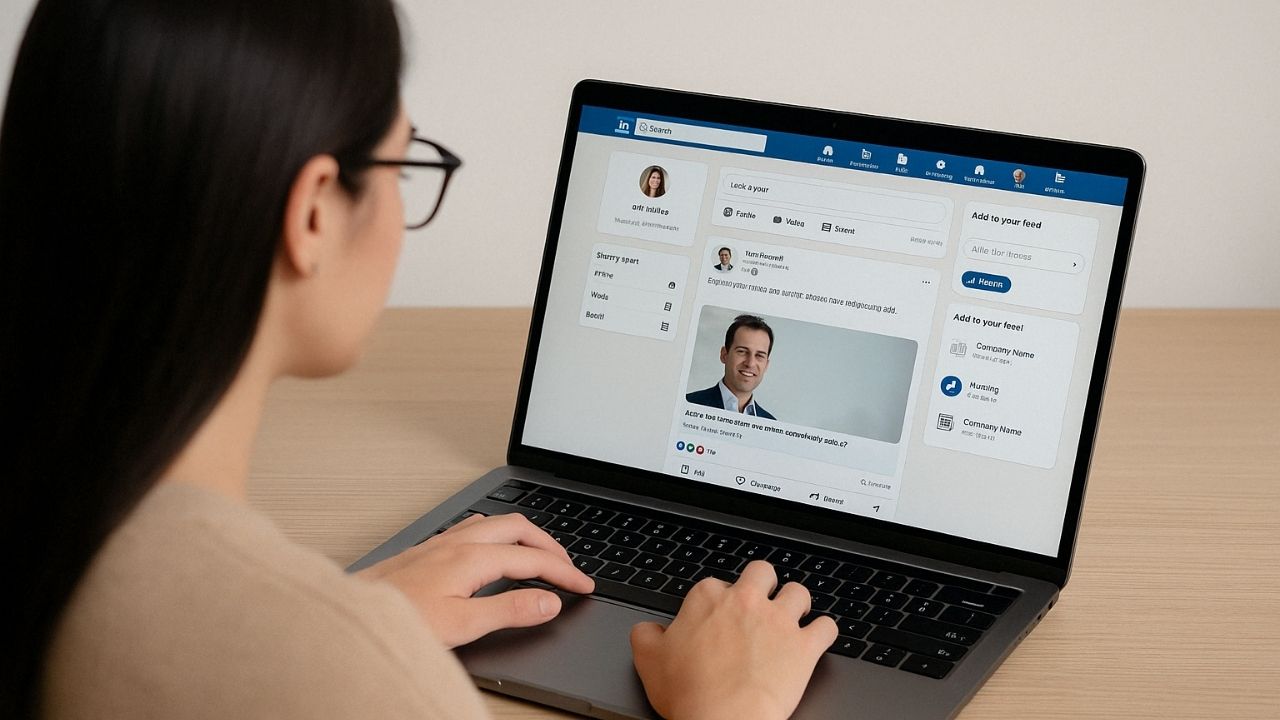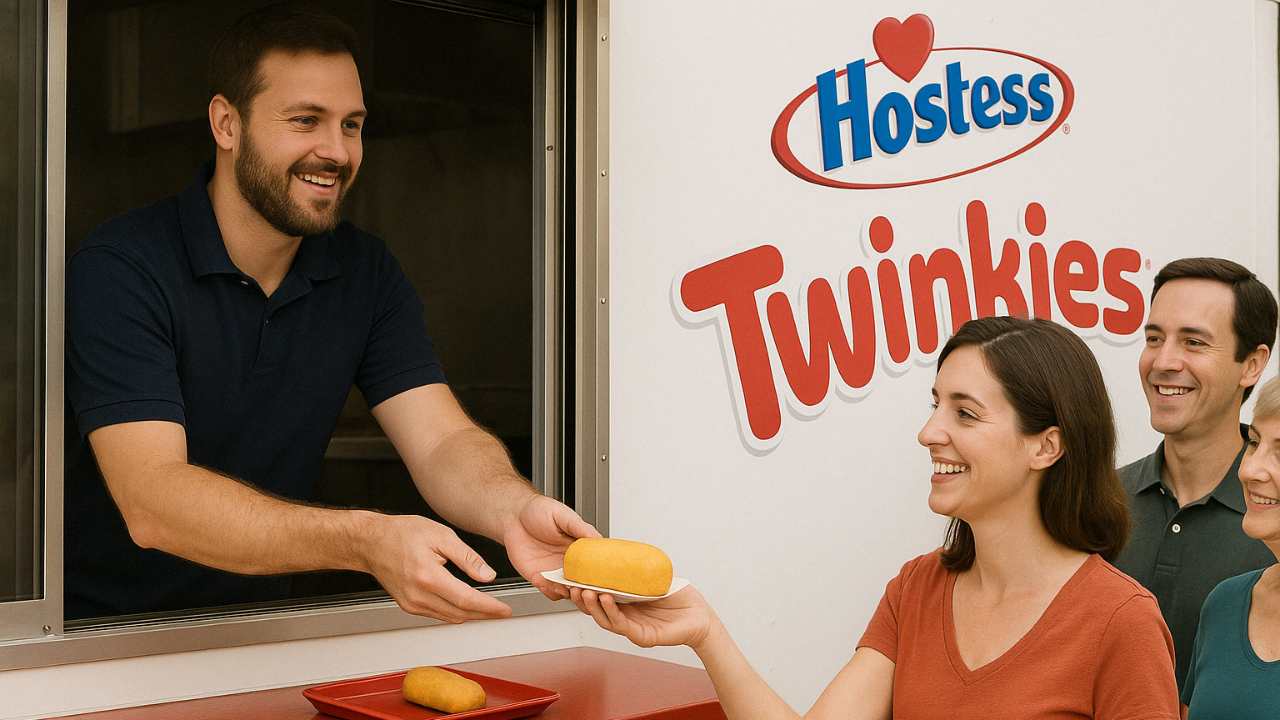Outline: How Long It Takes to Make Profit | Can a Business Exist Without Making a Profit? | Surviving Without Profit | Factors Affecting Staying Power of Businesses | Average Daily Cashflow of Small Businesses | Final Thoughts
How long can a small business survive without profit? When starting their entrepreneurial journey, this is the question that would-be entrepreneurs and start-up founders face.
But it’s not only a question for new entrepreneurs; this question is also for small business owners going through a rough patch.
If you want to start a small business, knowing how long you can keep burning cash before generating income is crucial. For those who already own a business, you’ll need to know how long your business can exist without making profits.
Why? Because it gives an estimate of how much wriggle room you have before the business goes bankrupt. It also helps clarify the cash buffer you need before the business starts making a profit.
How Long Does It Take for a Small Business To Make Profit?
It is impossible to define an average time to profitability for a small business because each business has its unique characteristics.
The expenses, risks, target market, and methods for calculating profit are unique to each small business. A company may start turning a profit immediately, or it may take up to three years.
Going by conventional definition: Profit = Revenue – Expenses
Can a Business Exist Without Making a Profit?
A vast majority of small businesses in the United States operate monthly. Many small businesses cannot keep their doors open to customers if there is a bad month.
Hence, sustaining a business without sufficient capital or financial resources is difficult. This is because cash flow is the lifeblood of every business, big or small. If cash flow is low, it is only a matter of time before the business goes into administration or is put up for sale by the owner.
But for new small businesses and startups, the clock ticks faster as the time frame to hit profitability is shorter.
Small businesses don’t make much revenue to offset their daily operating costs at inception. The average daily cash inflows and outflows are highly correlated. Thus, as cash comes into the business, roughly the same amount is paid out as overhead costs.
Given the gloomy economic situation, small business owners face an uphill task of keeping their doors open. Inflation is at its highest level in over 4 decades. Rising food, housing, and healthcare costs also weigh on consumer sentiment, forcing many Americans to pinch pennies.
Is It Possible for a Business To Survive Without Profit?
Businesses exist to make profit, so losing money undermines their survival. A small business can survive without profit, but this depends on the nature of the business and the market it serves.
The more capital a business needs to keep its doors open, the more time it will take to become profitable. Thus, the “staying power” of each business is different.
Staying power is the ability of a business to keep operating without profit. It also refers to how much cash reserves a business needs to operate. The more cash a business has in its reserves, the longer its staying power. Thus, the “staying power” of each business is different.
However, a 2015 study shows that it takes an average of 27 days for a small business to survive without profit. The study by J.P. Morgan Chase Institute involved over 500,000 small businesses in the United States.
Factors That Affect How Long a Small Business Can Survive Without Profit

1. Type of Industry:
One of the key determinants of how long a small business can survive without profit is the sector in which it operates. This is partly because the industry significantly impacts many other company elements, such as the facilities and number of employees needed.
The typical wait period for restaurants and other service-based businesses is 16 to 19 days. For small enterprises in construction, metallurgy, and mechanical industries, it takes 20 to 28 days.
2. Size:
A larger company typically has more employees and is more dependent on recurrent cash flow. For example, a business the scale of Apple may not be able to operate on cash reserves for nearly as long as a one- or two-person operation.
But on the other hand, a business the scale of Apple will typically have way more cash reserve than a business of a one- or two-person operation.
3. Revenue Type:
Businesses in discretionary and service-oriented sectors can dry up for extended periods. As such, small businesses in this sector are usually prepared for the slow months due to their cyclical nature.
On the other hand, small businesses that operate in consumer staples and contract services have a lower capacity to absorb fluctuations in revenue. This is because either there isn’t enough cash to fund operations (as with contract services), or the business recycles its revenue to restock its inventory immediately (consumer staples)
4. Cash Reserves:
It is easier for small businesses with profit margins to build cash reserves more quickly, increasing how long they can stay without profit.
5. Location:
The number of days a small business can go without profit is also determined by its location. Unprofitable businesses in large urban areas have a shorter operating cycle than those in rural areas.
How Much Cash Does a Small Business Hold on Average?
In a survey of over 470 million transactions conducted by 597,000 small businesses, an average daily cash outflow of $374 and inflow of $381 was found. The survey also found that the median small business holds an average daily cash balance of $12,100.
At the high end of the ladder are small businesses in the tech industry, which have an average amount of $34,200 in their reserves. At the bottom end of the ladder were those in the personal services industry, with an average daily balance of $5,300.
These figures show that many small businesses operate on a razor’s edge. As such, when planning to open a small business, a key consideration should be how much capital you have to keep the business running without any profit.
And if you do own a small business already, now is the time to start stocking up your cash reserve and boosting your staying power.
Final Thoughts
Small businesses are drivers of economic growth because they absorb a significant portion of the labor force. However, most small businesses are walking a tightrope, as their revenue can only keep them running monthly.
If you intend to establish a small business soon, how long your business can lose money or exist without making a profit allows you to plan for the uncertainty and challenges ahead. It could mean shoring up your cash reserves to accommodate a long period to go without profits, e.g., six months.
Alternatively, you can also look at ways to reduce your operating costs so you don’t have many expenses eating into your revenues and reducing your potential profits.
Either way, before starting, it is important you estimate how long a small business can survive without profit. This would help you build cash reserves for the slow business period.
Related contents:










